Articles
GPS tracker

When I was in the army, we would often have exercises where we need to setup some equipment in the field and establish a security perimeter around to prevent access from unauthorized personnel. During those exercises, the sergeants and lieutenants would sometimes disguise themselves as enemies and try to access the equipment to see how successful we would be at stopping them. I didn't like the idea of staying alert for long periods of time and instead wanted to receive some kind of warning whenever a superior would be arriving in our vicinity so I designed a GPS tracker that I intended to put on his car.
A DIY quadcopter drone
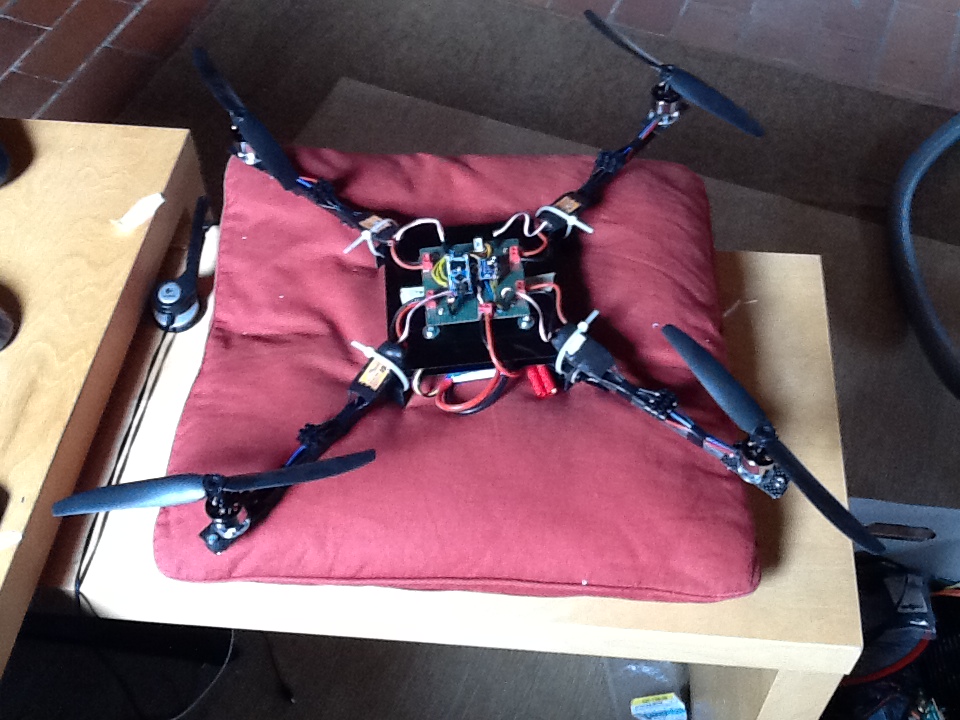
When I was a university student, drones were starting to get popular so I decided to make my own. I made two attempt at the idea: The first attempt involved designing the most of drone from scratch, its mechanical design as well as its electronics, including the remote controller. After that attempt proved less than satisfactory, I designed a new version of the drone, this time with off the shelf electronics.
PET bottle collecting robot
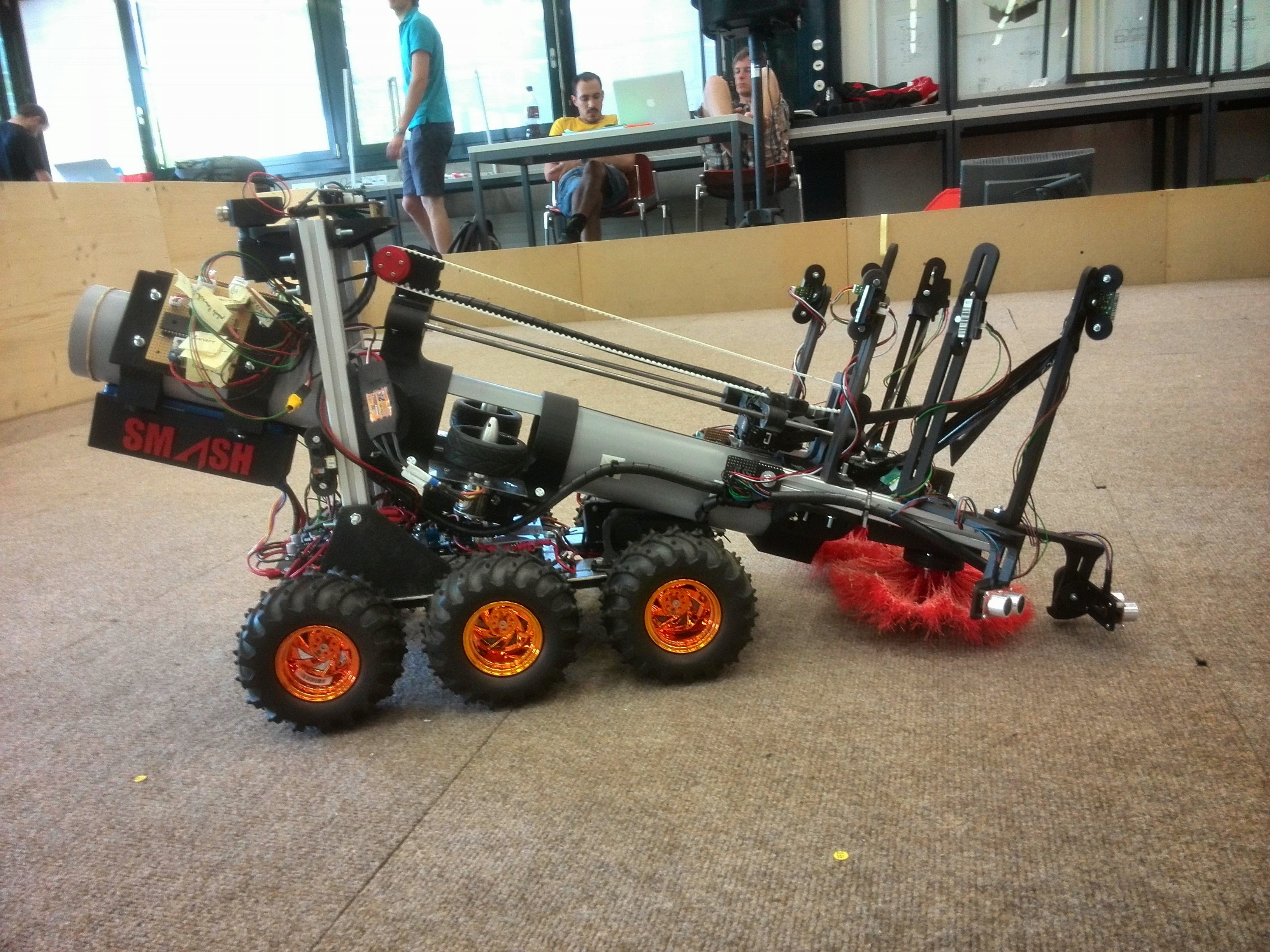
While at university, two friends and I registered as a team for the <a href="https://robot-competition.epfl.ch/" rel="noopener noreferrer nofollow">EPFL robots competition</a>. The objective of the competition is to build a robot that would collect PET bottles inside an arena and bring them back to a collection area. We figured the robot would need to be designed with a storage space as well as some form of path finding algorithm if we wanted it to be able to carry bottles to the collection area so decided to simply skip the step. Instead, we designed the robot as a bottle cannon that would shoot the bottles in the collection area.
Arduino 7-segment alarm clock
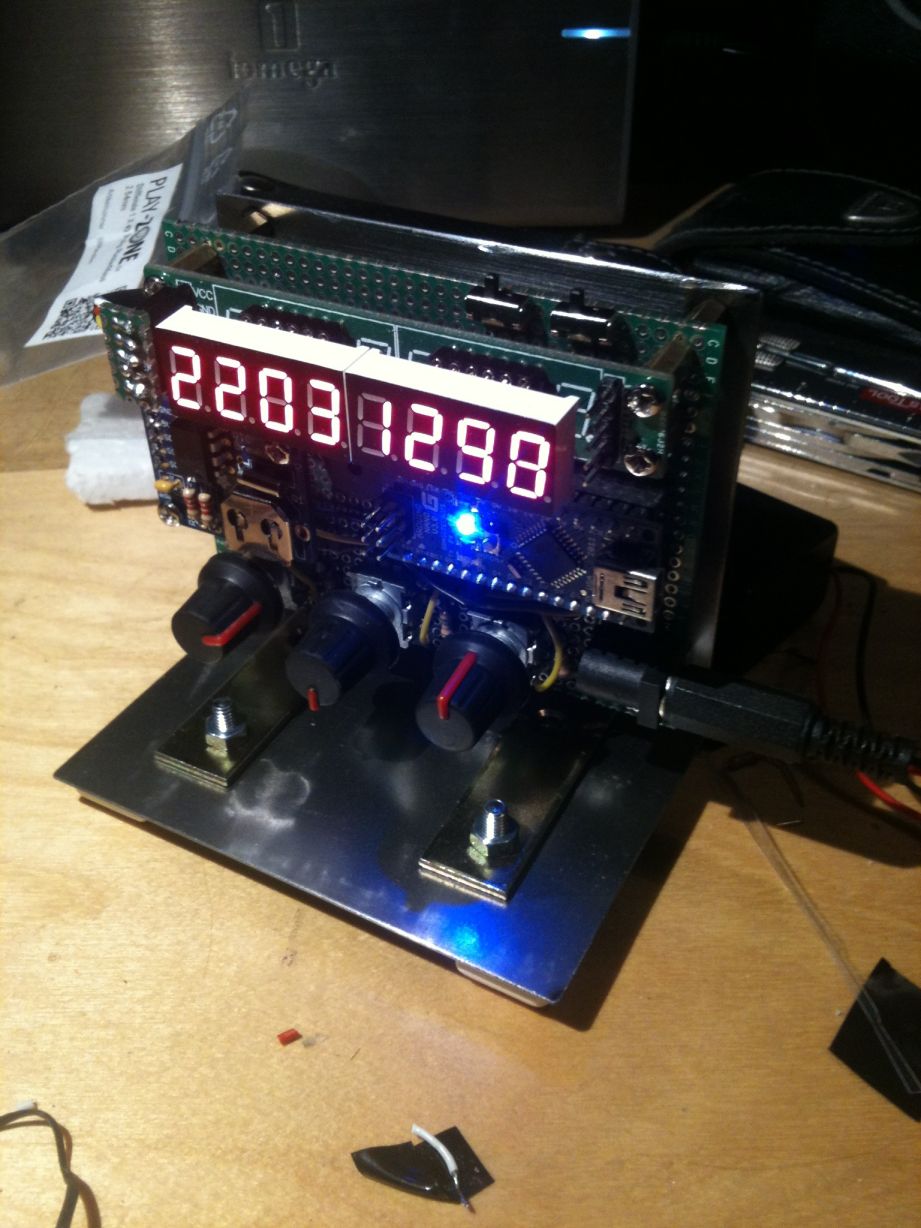
This is one of my earliest electronics project: An alarm clock built around an Arduino nano, a real-time clock (RTC) module and a 7-segment display.
Controlling a motor using an H bridge
A DC motor model can be as simple as: T = K * I where T is the torque provided by the motor, K the motor constant and I the current that flows through it. From this simple model, one can see that if the sign of the current changes, that of the torque also changes. Thus, changing the direction of rotation of a DC motor is a simple as reverting flow into it.
Arduino button debounce function
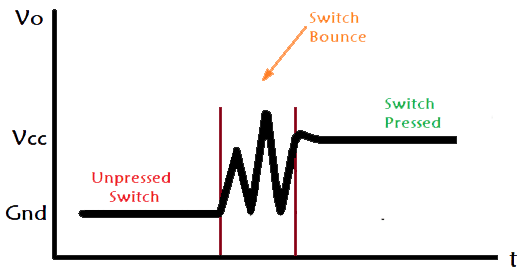
Physical buttons and switches do not switch between open and close position instantly and perfectly. Instead, they have a tendency to "bounce" between the two states before settling on one. This issue is thoroughly described in circuitdigest's excellent article. Consequently, when using such components with, for example, an Arduino microcontroller, a proper debouncing algorithm must be implemented.
IoT Current consumption monitoring system

When you don't know how much power your air conditioner draws, it's easy to leave it running without feeling too guilty. And then the electricity bill comes...
IoT RFID reader
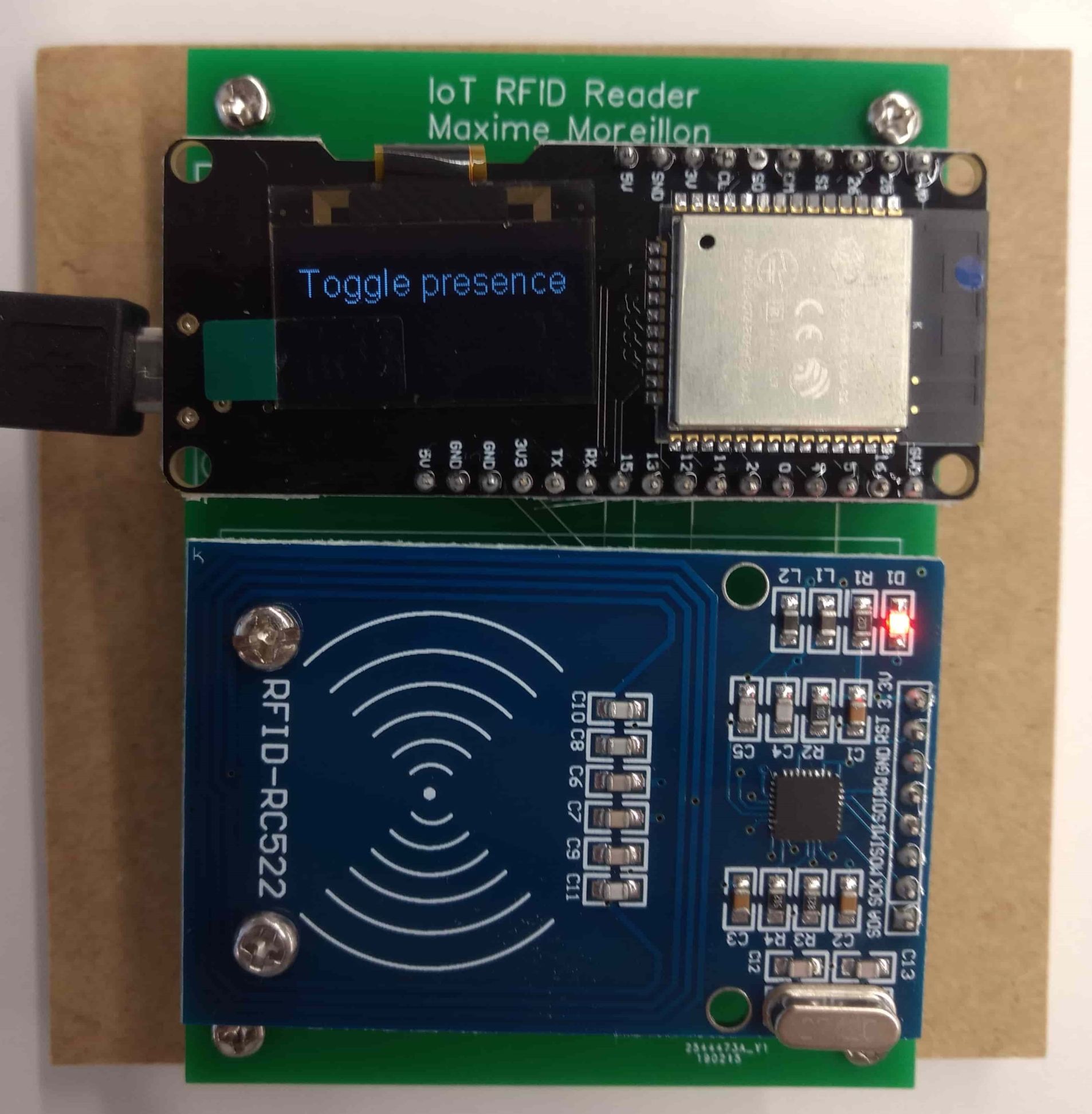
RFID is a conveninent technology for access control and authentication. In this project, I connected an RC522 RFID reader to an ESP32 in order to use it for IoT applications. Additionally, to provide feedback to the user, the ESP32 is also connected to an SSD1306 OLED display and a buzzer. I chose an ESP32 over an ESP8266 simply because of the amount of GPIOs required.
IoT scale
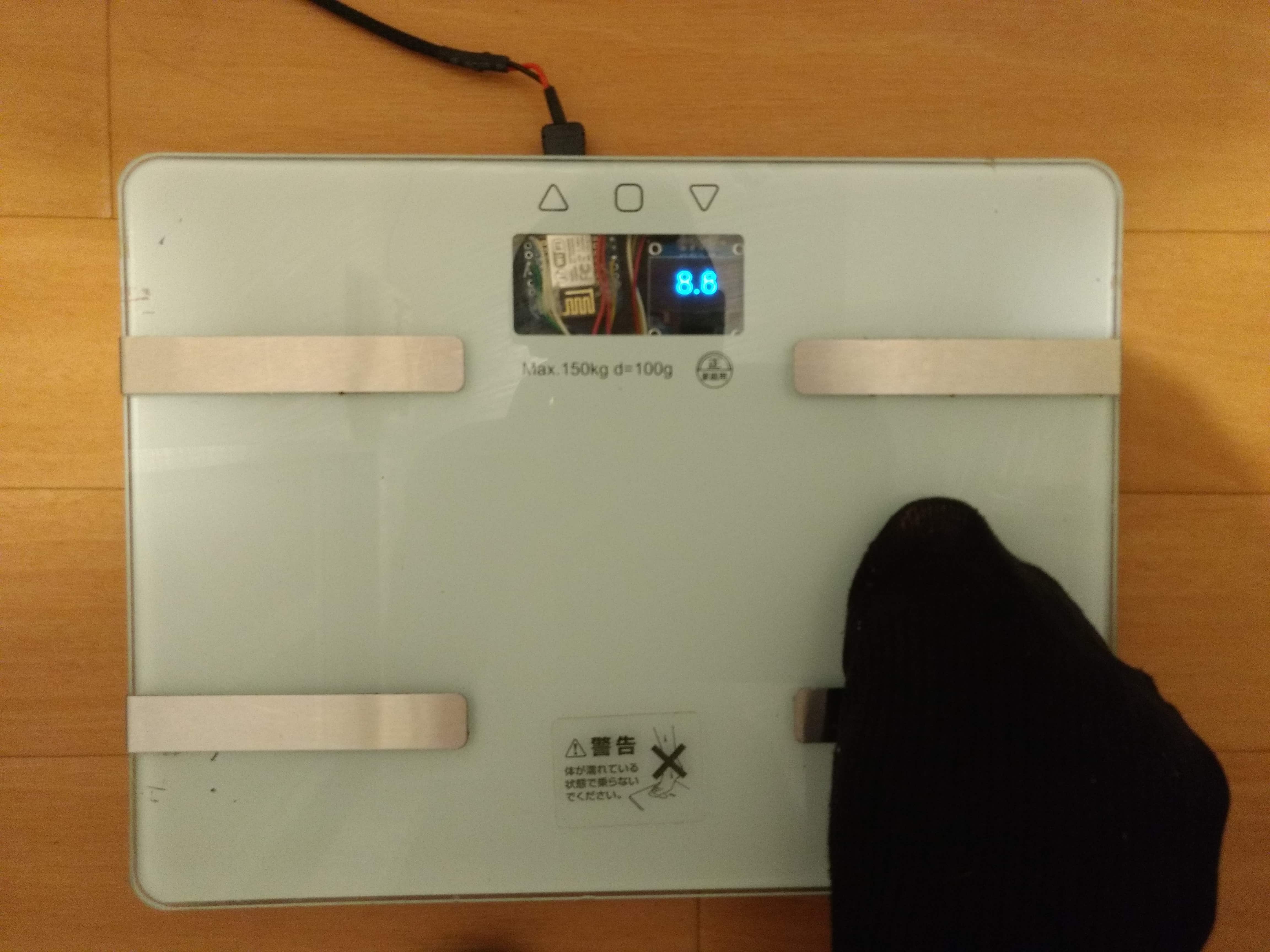
Keeping track of one's body weight usually involves manually writing down measurements on a spreadsheet or similar. To automate the process, I removed the electronics of a cheap scale, keeping only the load cells, and replaced it with my own.
IoT ceiling lights

An IoT RGBW LED controlled via MQTT with integrated motion and illuminance sensor.